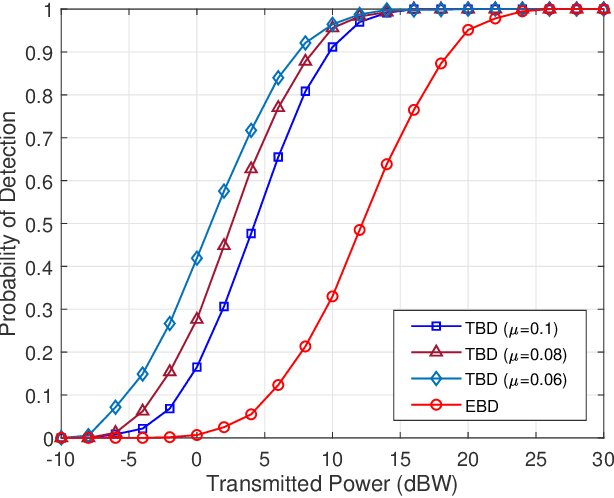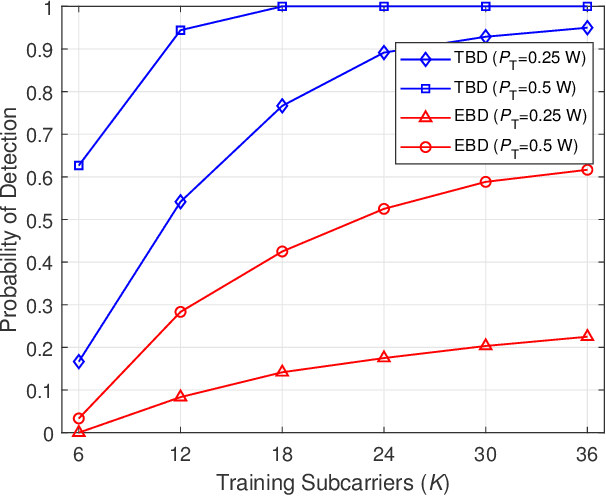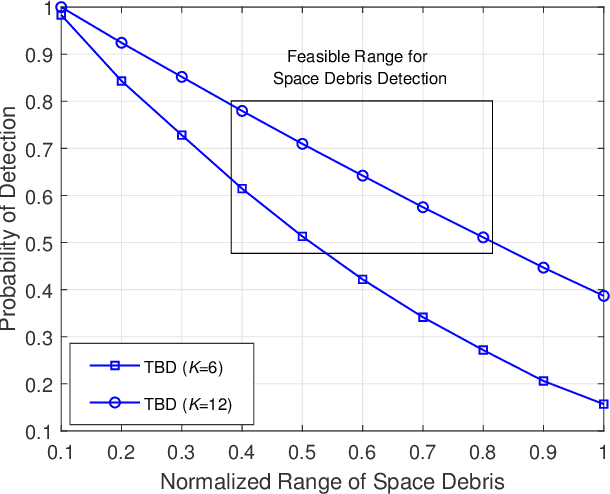Tensor-based Space Debris Detection for Satellite Mega-constellations
Paper and Code
Nov 20, 2023



Thousands of satellites, asteroids, and rocket bodies break, collide, or degrade, resulting in large amounts of space debris in low Earth orbit. The presence of space debris poses a serious threat to satellite mega-constellations and to future space missions. Debris can be avoided if detected within the safety range of a satellite. In this paper, an integrated sensing and communication technique is proposed to detect space debris for satellite mega-constellations. The canonical polyadic (CP) tensor decomposition method is used to estimate the rank of the tensor that denotes the number of paths including line-of-sight and non-line-of-sight by exploiting the sparsity of THz channel with limited scattering. The analysis reveals that the reflected signals of the THz can be utilized for the detection of space debris. The CP decomposition is cast as an optimization problem and solved using the alternating least square (ALS) algorithm. Simulation results show that the probability of detection of the proposed tensor-based scheme is higher than the conventional energy-based detection scheme for the space debris detection.
 Add to Chrome
Add to Chrome Add to Firefox
Add to Firefox Add to Edge
Add to Edge